What Are Accounts Receivable and Why They Matter

Every time you send an invoice and wait for a client to pay, you’re dealing with accounts receivable.
It might sound like an accounting buzzword, but it’s one of the clearest signals of your company’s financial health. When managed well, it keeps cash flowing, bills paid, and your business moving forward. When ignored? Things can get messy very fast.
Let’s break down what accounts receivable actually is, how it fits into your day-to-day, and what smart businesses do to manage it.
What Does Accounts Receivable Mean?
In Simple Terms
Accounts receivable is the money your clients owe you. You’ve delivered a service or product, and now you’re waiting to get paid. It’s recorded as an asset because, well, it’s money you expect to receive.
If you’ve ever sent an invoice and thought, “I hope they pay soon,” you’ve already met accounts receivable.
Real-Life Example
Imagine you run a creative agency in Dubai. You finish a website project and send an invoice for AED 10,000 with 30-day payment terms. Until the client pays, that amount sits in your accounts receivable.
It’s money you’re owed, and it counts as part of your company’s short-term assets.
Why It Matters for Your Business
It Keeps Your Cash Flow Healthy
You can’t pay your team or rent with IOUs. Getting paid on time keeps your business running. The more money tied up in unpaid invoices, the harder it becomes to cover your daily expenses.
It Helps with Financial Planning
Tracking your accounts receivable gives you a clear picture of expected income. That makes it easier to plan for growth, forecast revenue, and make smart spending decisions.
It Affects Your Business Credit
Banks and investors look at accounts receivable to judge your reliability. If your invoices are usually paid on time, you’re seen as low risk—which helps with loans and financing.
How It Works on the Balance Sheet
Accounts Receivable = Current Asset
You’ll find accounts receivable under current assets on your balance sheet. That’s because it’s money expected to come in within the year.
This line item can also be used as collateral for short-term loans if you need working capital.
Doubtful Accounts and Real Value
Not every client pays. That’s why businesses also set up something called an "allowance for doubtful accounts." It’s a way to estimate how much of your receivables may never be collected.
So, if your total outstanding invoices are AED 100,000 and you expect AED 5,000 might never come through, your net accounts receivable would be AED 95,000.
How to Track and Manage Accounts Receivable
1. Send Invoices Promptly
Don’t wait. The faster you invoice, the sooner the clock starts ticking on payment. Use templates or invoicing software to keep it consistent.
2. Set Clear Payment Terms
Be upfront, 30 days, 60 days, due on receipt? Let clients know what you expect. Mention it in contracts and on every invoice.
3. Follow Up Like Clockwork
Set reminders to follow up a few days before and after due dates. Sometimes a polite nudge is all it takes to get paid.
4. Use Ageing Reports
These reports show you which invoices are current, which are overdue, and by how long. It helps prioritise follow-ups.
5. Consider Offering Incentives
Offering small discounts for early payments (like 2% off if paid within 10 days) can encourage faster payments.
Tools That Make It Easier
Accounting Software
Platforms like Xero, Zoho Books, or QuickBooks automatically track unpaid invoices, send reminders, and generate reports. They save you time and reduce missed payments.
Receivables Management Tools
Some tools go further by offering client credit scoring, payment prediction, and even automated follow-ups. Great if you manage multiple accounts or large invoice volumes.
Outsourced Receivables Teams
Some businesses hand off AR tasks to accounting firms. That frees up internal resources while still keeping the cash coming in.
Just be sure the team you outsource to maintains your tone and client relationships.
What About Unpaid Invoices?
The Write-Off Process
If an invoice is long overdue and there’s no hope of collecting, you’ll need to write it off as a bad debt. It gets removed from your receivables and recorded as an expense.
This doesn’t mean your client is off the hook legally but it does clean up your books.
Setting Clear Policies
Every business needs a clear process:
- When to escalate late payments
- When to stop services
- When to send to collections
Having clear steps reduces confusion and protects your cash flow.
Accounts Receivable vs Accounts Payable
AR = Money Coming In
You’re waiting to receive this. It’s a sign of completed work and a customer’s obligation.
AP = Money Going Out
You owe this to suppliers. It includes things like rent, bills, and vendor invoices.
Tracking both helps you see your real cash position. Your income might look healthy—but if payments are delayed or expenses are piling up, you need to adjust fast.
Risk Management: Who Gets Credit and Why It Matters
Don’t Offer Credit to Just Anyone
Check a customer’s payment history before offering payment terms. That could mean:
- Reviewing past invoice timelines
- Running a soft credit check
- Requesting upfront payment for new clients
Use Contracts and Clear Agreements
Always spell out your payment terms in writing. That includes late fees, payment deadlines, and what happens if terms aren’t met.
Credit Insurance for Larger Deals
For big-ticket projects, consider credit insurance. It protects you if a customer doesn’t pay due to insolvency or other reasons.
Securitising Receivables (for Bigger Firms)
Some larger businesses turn receivables into instant cash by packaging them into financial assets and selling them. This is called securitisation.
They pass the debt to a special purpose entity, which sells it to investors. It’s not for everyone—but it’s useful when you need capital fast without adding traditional debt.
Final Thoughts
Accounts receivable isn’t just about getting paid. It’s about running a smart, cash-conscious business.
When you manage AR well, you keep your team paid, vendors happy, and growth plans on track. From setting clear terms to using the right tools, it all adds up to better cash flow and fewer headaches.
At Alpha Pro Partners, we help businesses across Dubai get a handle on accounts receivable and build better financial systems. If unpaid invoices are slowing you down, we’re here to help.
FAQ: Accounts Receivable
1. What’s the difference between accounts receivable and accounts payable?
Accounts receivable is what you’re owed. Accounts payable is what you owe others.
2. How do I record accounts receivable in my books?
Log it as a current asset the moment you send an invoice for delivered goods or services.
3. Is accounts receivable income?
Not quite. It’s money expected, but it becomes income when actually received.
4. Can I use unpaid invoices as loan collateral?
Yes, many lenders accept AR as collateral, especially if you have a strong payment history.
5. What if a client never pays?
You may need to write it off as bad debt and explore legal options if needed.
6. How long should I wait before writing off unpaid receivables?
That depends on your policy, but many businesses wait 90 to 180 days.
7. What’s a good AR turnover ratio?
Higher is better. It shows you’re collecting quickly. A ratio of 10+ is generally solid.
8. How does AR affect my cash flow?
Unpaid AR can choke your cash flow. The quicker you collect, the better your liquidity.
9. Should small businesses use AR software?
Yes, it saves time, reduces errors, and improves follow-ups.
10. How can Alpha Pro Partners help with AR?
We streamline invoicing, set up smart tracking systems, and help you reduce overdue payments without hurting client relationships.

.webp)
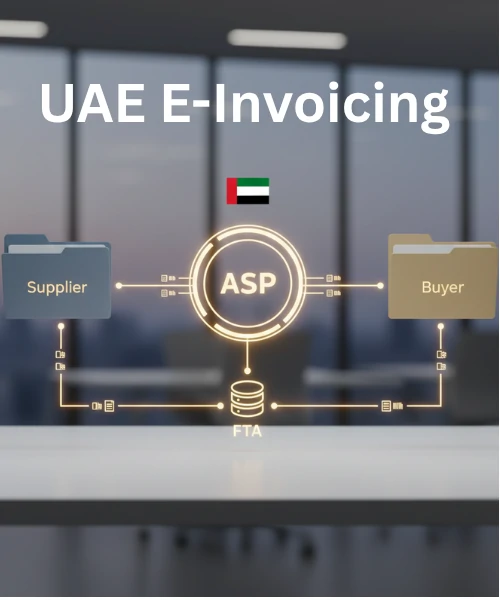
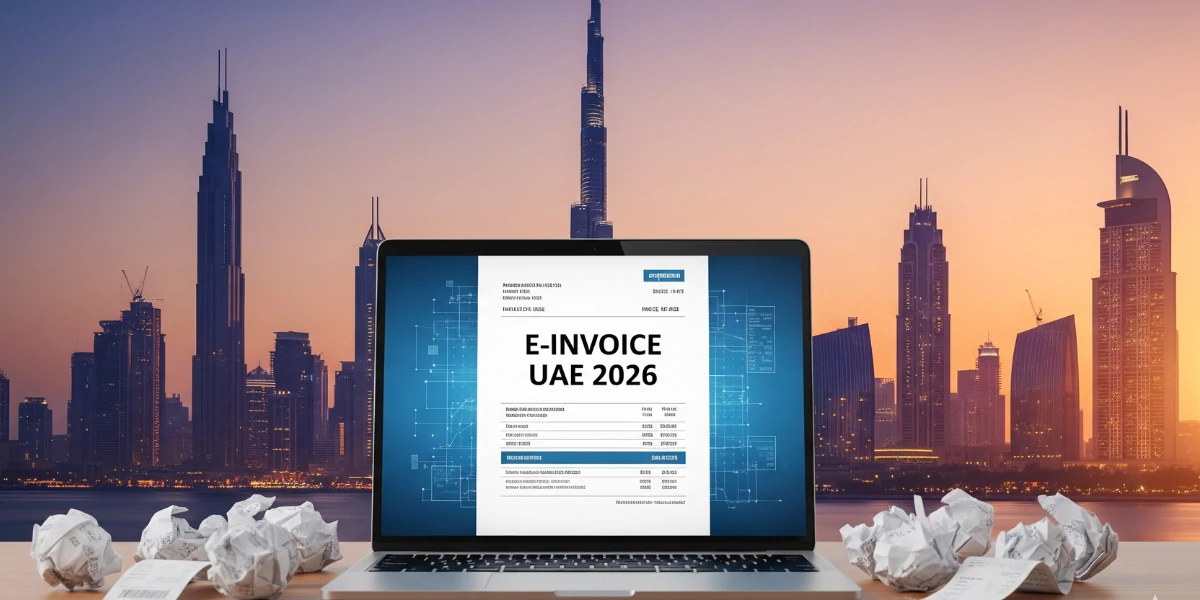




%20Widgets%2C%20Shortcuts%20%26%20Customisation.jpg)








.webp)
.webp)
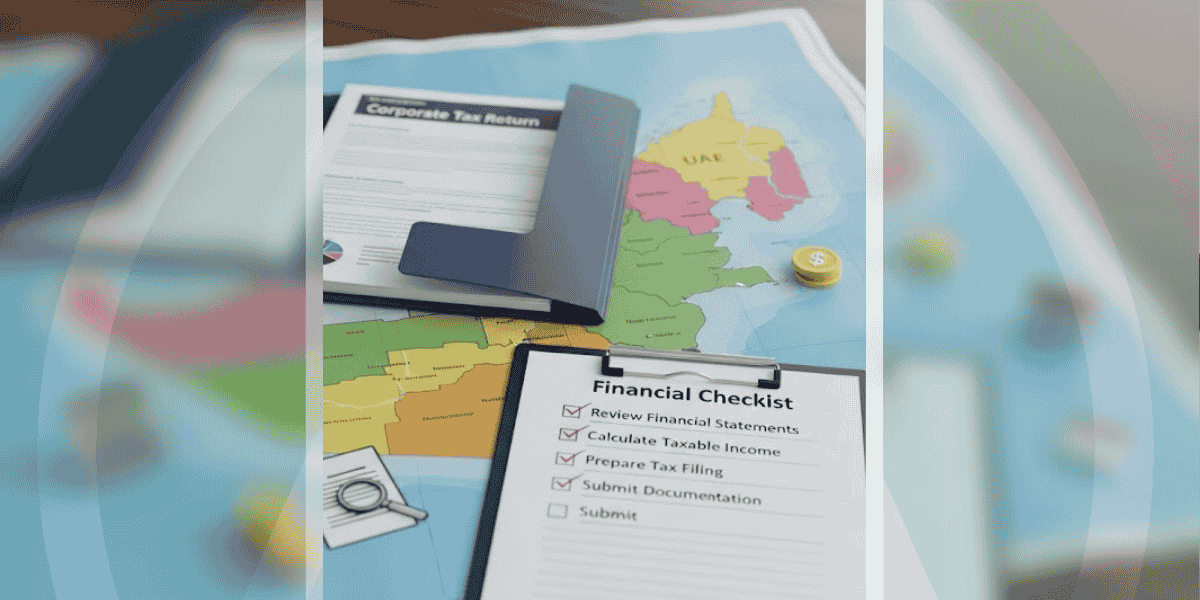

.png)
.png)
.png)
.png)
.png)
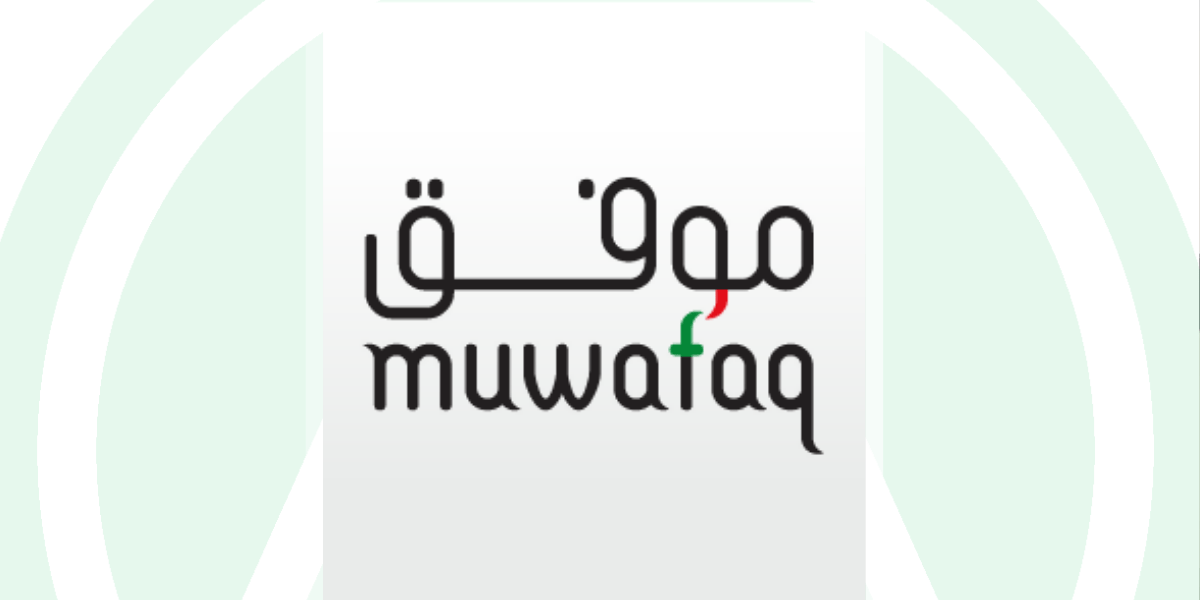
.png)
.png)


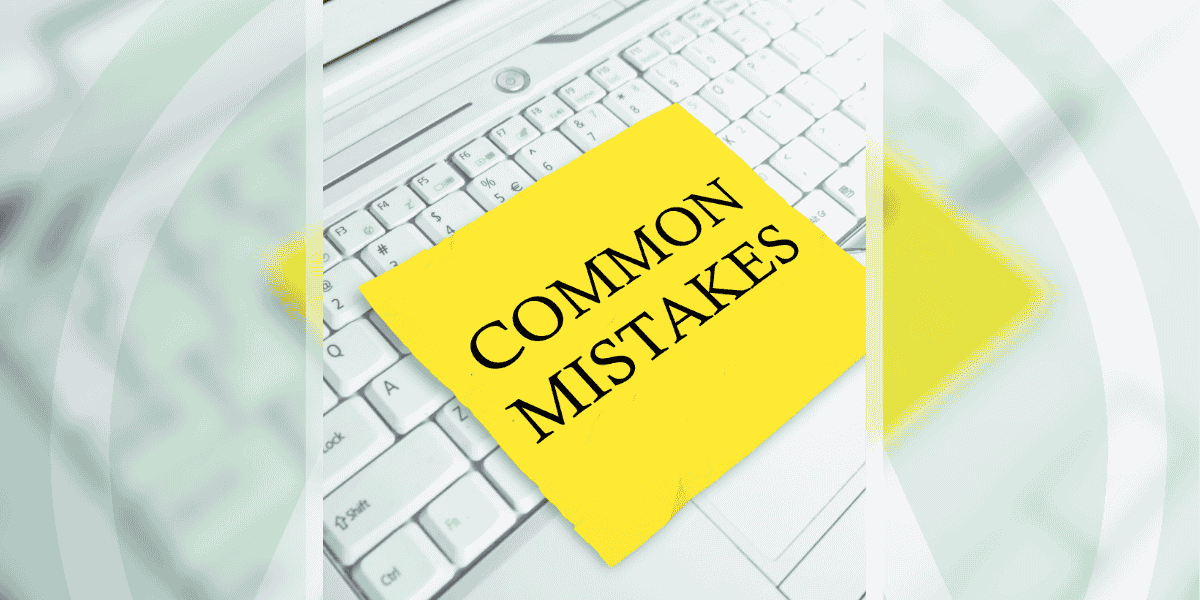
.png)
.png)





.jpg)


.jpg)





.png)
.png)






.png)


